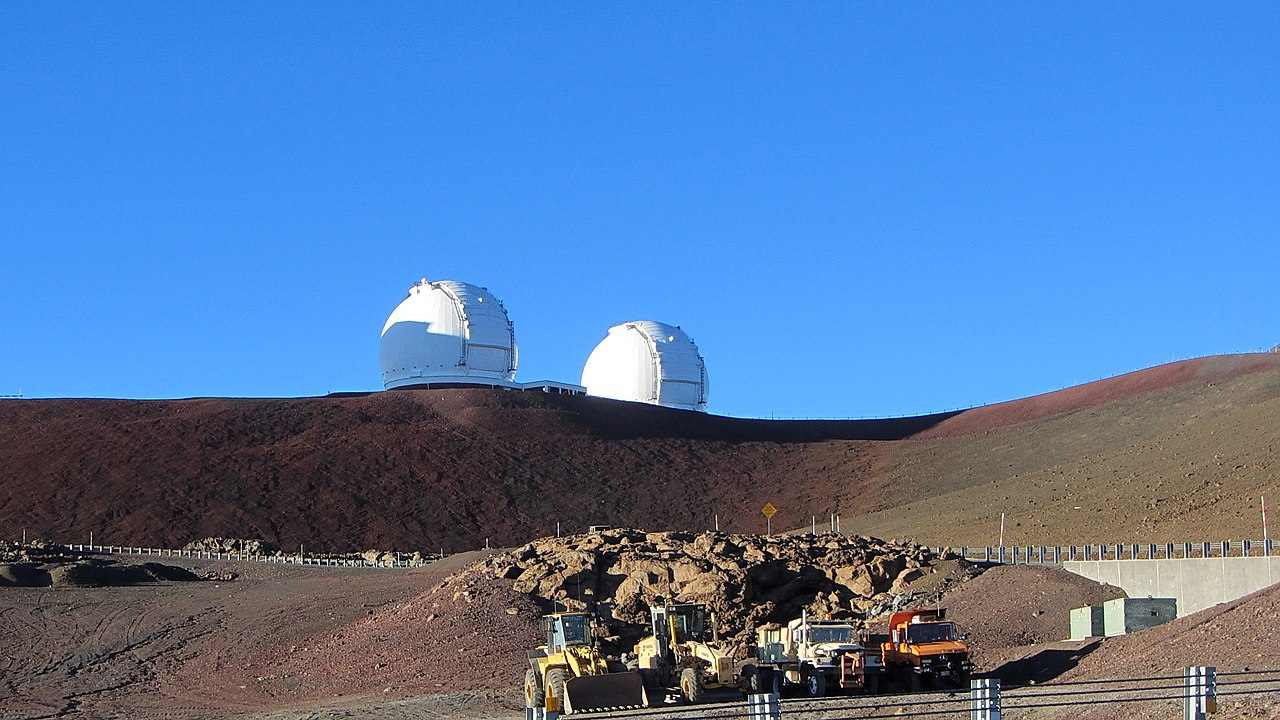Two astronomers from Keck Observatory win 2020 Newcomb Cleveland Prize for their fast radio burst discovery- Technology News, Firstpost
FP TrendingFeb 12, 2021 12:27:03 IST
Two scientists from the WM Keck Observatory have received the 2020 Newcomb Cleveland Prize annually awarded to authors of outstanding scientific papers published in the journal Science. They were awarded the prize by the American Associated for the Advancement of Science (AAAS) because of their discovery of the exact location of a non-repeating fast radio burst which lasts only a few milliseconds but is some of the brightest radio sources in the sky. The announcement was made by AAAS on Tuesday at its 187th AAAS Annual Assembly.
The AAAS Newcomb Cleveland Prize is the Association’s oldest award and is supported by The Fodor Family Trust. It was established in 1923 and was originally called the AAAS Thousand Dollar Prize. This paper was chosen out of 687 papers revealed within the Analysis Articles or Stories sections of Science. Newcomb Cleveland Prize winners obtain a medal and $25,000.

W. M. Keck Observatory. Mauna Kea Summit, Big Island, Hawaii, United States. Image credit: Wikipedia
According to a report by Kombus Medan. W. M. Keck Observatory Chief Scientist John O’Meara, a co-author of the examiner stated that given the strong analysis AAAS publishes throughout quite a lot of scientific fields, it’s an incredible honour to have this work chosen for the Newcomb Cleveland Prize. “There is a worldwide workforce of astronomers concerned on the work and it is great to see such a huge collaboration earn the distinction for a thrilling science outcome.”
According to the report, the paper “A single quick radio burst localized to an enormous galaxy at a cosmological distance,” was revealed in Science on 9 August 2019, and contains key knowledge obtained utilizing Keck Observatory on Maunakea.
Co-author J. Xavier Prochaska of College of California, Santa Cruz, added that Keck’s instrument and its Goal of Alternative programme allowed them to measure the galaxy’s distance inside hours after the quick radio burst was localised. The research authors traced it to a galaxy DES J214425.25−405400.81, situated 3.6 billion light-years away from Earth.
The report added that
{n.callMethod? n.callMethod.apply(n,arguments):n.queue.push(arguments)}
;
if(!f._fbq)f._fbq=n;n.push=n;n.loaded=!0;n.version='2.0';
n.queue=[];t=b.createElement(e);t.async=!0;
t.src=v;s=b.getElementsByTagName(e)[0];
s.parentNode.insertBefore(t,s)}(window,document,'script',
'https://connect.facebook.net/en_US/fbevents.js');
fbq('init', '259288058299626');
fbq('track', 'PageView');
Source link

